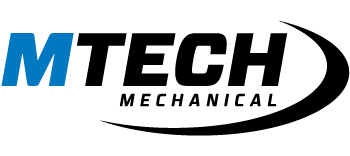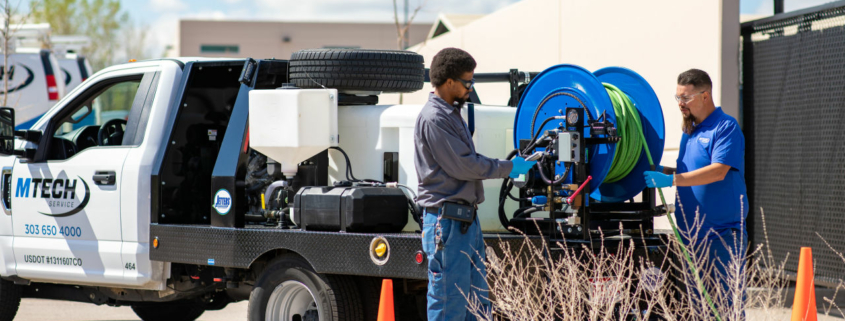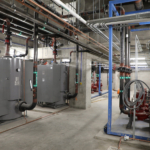What lies beneath: Sewer line inspections matter
By Adam Schmidt, Drains Field Service Manager
Out of sight, out of mind is what we like to think when it comes to sewage. However, avoiding routine inspections prevents you from gaining knowledge. A sewer inspection provides all the knowledge you need to know of “what lies beneath.” Most, if not all, properties that allow for occupancy will have an underground plumbing system. These underground systems should be inspected at least once per year to stay in front of costly repairs from deferred maintenance. These inspections can uncover issues that can become very costly to repair and have impacts on property value if ignored. Performing routine inspections can ensure that underground systems get the maintenance needed as well as ensure you reach life expectancy, which can vary from 50 to 100 years depending on materials used.
What does an inspection look like? When inspecting, a technician will use a camera that can be placed into the lines through the following locations: wall, floor or exterior cleanouts, grease and sand traps, or by removing a fixture within the property to access the sewer or exposed interior sewer line cleanouts.
A camera inspection gives the viewer images and video of what is in the piping system. If there is buildup such as grease, scale, paper products other than toilet tissue or signs of misuse, the camera will capture that. Misuse is the introduction of paper towels, flushable wipes and feminine products, etc. Camera equipment shows the viewer how far and deep the problem is so you can pinpoint the exact location of a problem. The technician
provides a trained eye to gauge the quality and overall condition of the piping and what work can be done to fix a problem.
What are the signs of a sewer line problem? You might hear or smell the problem before it happens. Sewer issues can start out small before they become more frequent. Some signs of sewer problems can include slow drainage; gurgling sounds when water is draining or leaving a fixture; mold growth in areas near fixtures and waste piping; backups and overflows from toilets, sinks or floor drains; and unpleasant odors.
Root intrusion and bellies are the most common problem with underground sewer lines. Deferred maintenance can also result in the frequency of sewer problems. If issues like this persist, it is a sign to investigate what is happening underground.
What are some other preventive measures? Common preventive measures include jetting, which is a form of power washing that cleans the sewer line or cabling. Cabling uses a steel cable and cutting blade that rotates in the pipe as you feed it down the line. This equipment is great for clearing roots.
Providing signage in common area restrooms that indicate “no misuse” is a great start to do something now should you feel your property is having problems. Educating users of a property on the importance of proper use of product waste is a great way to let them know the impact that they have on keeping things running smoothly.
In some cases, line replacement is the best answer to solve the problem. It is important to get multiple quotes for these services as they can be very costly. It is common for these costs to be in the five figures for an underground line repair/ replacement.
Why do sewer line inspections matter? A yearly inspection can help prepare you for the future before a problem stops you in your tracks. Overall, preventive sewer inspections are a proactive measure to ensure the longevity and reliability of the sewer system, saving money, protecting property, and ensuring the health and safety of occupants and the environment. Keeping the information current helps a manager or owner determine what the
next step is versus being reactive to the problem.
Partner with a plumbing contractor that has the capability to thoroughly inspect your system, not just provide a general inspection at a low-cost, flat rate. They can help you avoid these issues, plan for any action to be taken and keep you in control of your property’s underground sewer system and you will no longer need to worry about “what lies beneath.”
Published in July 2024 — Property Management Quarterly — Page 8




